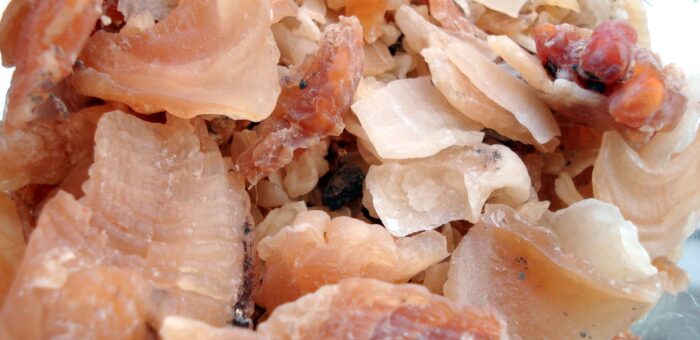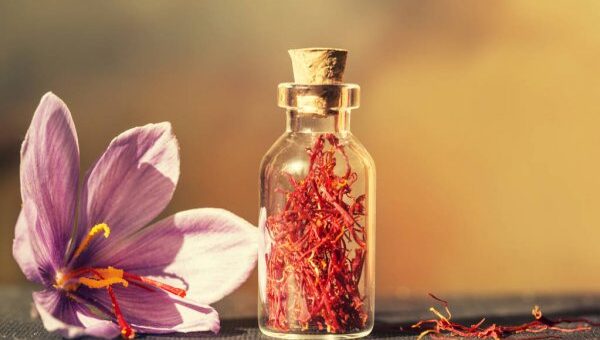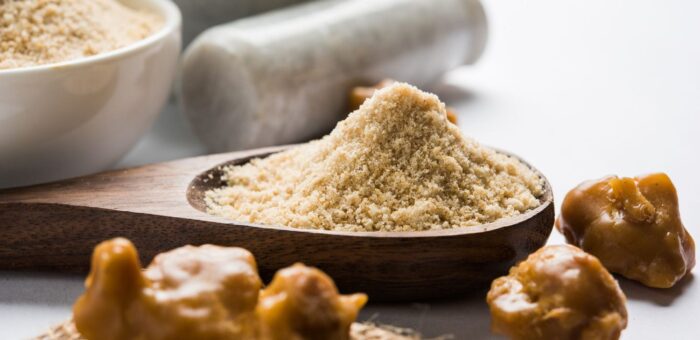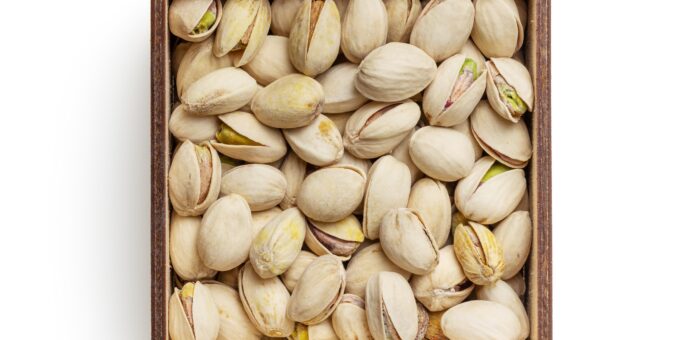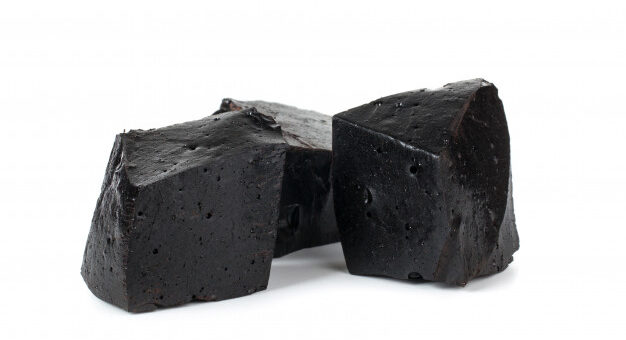
Licorice
1. Introduction to Licorice Licorice, derived from the root of the Glycyrrhiza glabra plant, is a versatile herb with a rich history spanning centuries. Known for its distinctive sweet flavor and medicinal properties, licorice has found its way into various industries, from culinary delights to pharmaceutical formulations. In this article, we'll explore the origins of licorice and the intricate processes involved in its production. 2. The Origins of Licorice and Its Production Process Licorice has ancient roots, with its usage dating back to ancient China and Egypt. The production process involves harvesting the plant's roots, which contain glycyrrhizin, the compound responsible for its sweetness. These roots are then cleaned, dried, and often ground into a powder or used in their natural form. Understanding the journey from plant to product is…

